- Home
- Articles
- Architectural Portfolio
- Architectral Presentation
- Inspirational Stories
- Architecture News
- Visualization
- BIM Industry
- Facade Design
- Parametric Design
- Career
- Landscape Architecture
- Construction
- Artificial Intelligence
- Sketching
- Design Softwares
- Diagrams
- Writing
- Architectural Tips
- Sustainability
- Courses
- Concept
- Technology
- History & Heritage
- Future of Architecture
- Guides & How-To
- Art & Culture
- Projects
- Interior Design
- Competitions
- Jobs
- Store
- Tools
- More
- Home
- Articles
- Architectural Portfolio
- Architectral Presentation
- Inspirational Stories
- Architecture News
- Visualization
- BIM Industry
- Facade Design
- Parametric Design
- Career
- Landscape Architecture
- Construction
- Artificial Intelligence
- Sketching
- Design Softwares
- Diagrams
- Writing
- Architectural Tips
- Sustainability
- Courses
- Concept
- Technology
- History & Heritage
- Future of Architecture
- Guides & How-To
- Art & Culture
- Projects
- Interior Design
- Competitions
- Jobs
- Store
- Tools
- More

When designing a bathroom, most people focus on tiles, fixtures, and paint colors. But one often-overlooked detail can make a huge impact: grout color. The right grout shade can enhance tile patterns, create contrast, or establish a seamless, cohesive look. Whether you want a bright, airy feel or a bold, dramatic effect, grout color plays a crucial role in the final aesthetic.
Table of Contents
ToggleBathroom Design: Style, Maintenance & Tips
Beyond looks, grout color also affects maintenance and durability. Light grout can brighten a space but may require more upkeep, while dark grout can add depth and hide stains. Choosing wisely ensures both style and practicality. If you’re considering a grout refresh, ThisOldGrout.com offers solutions to help you maintain and transform your grout color, making achieving the perfect bathroom design easier.
In this article, we’ll explore how grout color influences bathroom design and the different effects it can create. We’ll also discuss how to choose the best grout shade for your style, the pros and cons of light vs. dark grout, and practical considerations like maintenance and durability. By the end, you’ll have a better idea of how to use grout color to enhance your bathroom’s overall look.
The Role of Grout in Bathroom Aesthetics
More Than Just a Filler
Grout is often thought of as a simple adhesive that holds tiles together, but it’s much more than that. It acts as a design element that can enhance or diminish the impact of your tile choice. The right grout color can make patterns pop, create a sense of continuity, or define individual tiles for a striking visual effect.

How Grout Affects Perception of Space
Grout color plays a role in how large or small a bathroom feels. Light grout can make a space feel open and airy, while dark grout adds definition and depth. The contrast between tile and grout can also impact the perception of scale, making tiles look larger or smaller depending on the pairing.
How Different Grout Colors Affect Bathroom Design
Light Grout: Creating a Clean and Spacious Look
Light-colored grout, such as white, beige, or light gray, creates a fresh and open feel. It’s a great choice for smaller bathrooms, as it reflects light and makes the space feel larger.
Best uses for light grout:
- White subway tiles for a classic, timeless look.
- Marble or light-colored tiles to maintain a seamless, elegant appearance.
- Minimalist designs that prioritize simplicity and cleanliness.
Considerations:
- Light grout is more prone to staining and discoloration.
- Requires regular cleaning and sealing to maintain its brightness.
Dark Grout: Bold, Dramatic, and Low Maintenance
Dark grout—such as black, charcoal, or deep brown—creates contrast and adds a bold, sophisticated feel to a bathroom. It works well in modern and industrial designs, making patterns and shapes stand out.
Best uses for dark grout:
- Paired with white or light-colored tiles for a high-contrast effect.
- Geometric and patterned tiles to emphasize the design.
- High-traffic areas where maintenance is a concern.
Considerations:
- Dark grout hides dirt and stains better than light grout.
- Can make small spaces feel cozier or more enclosed.
Matching vs. Contrasting Grout: Which One is Right for You?
Choosing between matching and contrasting grout depends on the style you want to achieve.
Matching grout to tile:
- Creates a seamless, blended look.
- Works well for a minimalist or monochromatic design.
Contrasting grout:
- Highlights individual tiles and patterns.
- Adds a bold, defined look, especially in geometric or subway tile layouts.
Choosing the Right Grout for Your Bathroom Style

Modern and Minimalist Bathrooms
For a sleek, modern aesthetic, neutral grout tones work best. Light gray or beige grout paired with large-format tiles creates a seamless, spa-like feel. For a more dramatic touch, black grout with white tiles enhances the clean lines and structured look of modern spaces.
Classic and Traditional Designs
If your bathroom leans towards a traditional style with vintage or marble tiles, opt for grout that blends in rather than contrasts. Off-white, cream, or soft gray grout complements classic designs without overwhelming the space.
Eclectic and Artistic Spaces
For those who love bold and artistic bathroom designs, contrasting grout can be a game-changer. Vibrant tile patterns paired with darker grout create a visually engaging look, making the tiles the focal point of the space.
Practical Considerations: Durability, Maintenance, and Stain Resistance
While grout color is a key design choice, it also impacts cleaning and maintenance.
- Light grout requires frequent cleaning, especially in high-moisture areas, as it tends to absorb dirt and discolor over time.
- Dark grout is more forgiving when it comes to stains, but mineral deposits from hard water can sometimes leave a noticeable residue.
- Sealing grout regularly helps preserve its color and extend its longevity, regardless of the shade you choose.
Conclusion
Grout color is more than just a detail—it’s a powerful design element that influences the entire look and feel of your bathroom. Whether you opt for light grout to create an airy, spacious vibe or dark grout for a bold, defined look, your choice can significantly impact the overall aesthetic.
By considering style, maintenance needs, and long-term durability, you can select the perfect grout color to enhance your bathroom’s design. If you’re looking to refresh your space, experimenting with grout color is an easy and impactful way to transform your bathroom without a full renovation.
illustrarch is your daily dose of architecture. Leading community designed for all lovers of illustration and #drawing.
Submit your architectural projects
Follow these steps for submission your project. Submission FormLatest Posts
BXB Studio’s Hybrid Interior: Redefining the Modern Architectural Workplace
The Warsaw headquarters of BXB Studio was established in a modest 70...
5 Must-Know Interior Design Trends in American Homes
From warm minimalism to bold oversized artwork, these five interior design trends...
How Open Kitchens Create a Sense of Space Indoors (Without Sacrificing Function)
Open kitchens: see how sightlines, lighting, and smart layouts make rooms feel...
The Revival of Chunky Fiber Crafts in Modern Interior Design
Contemporary interior architecture has shifted away from hard minimalism. After a decade...




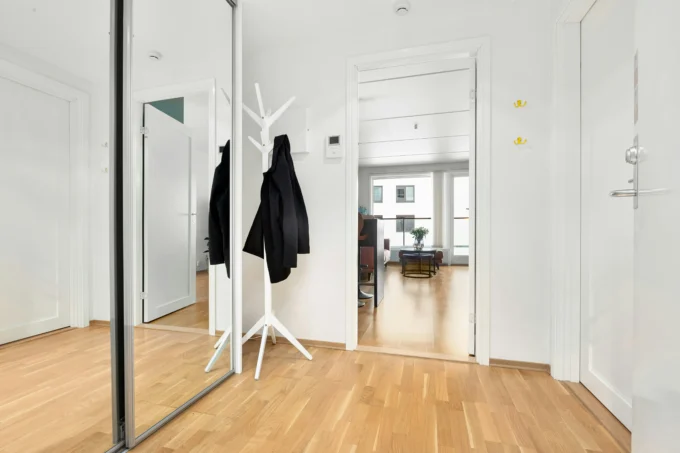



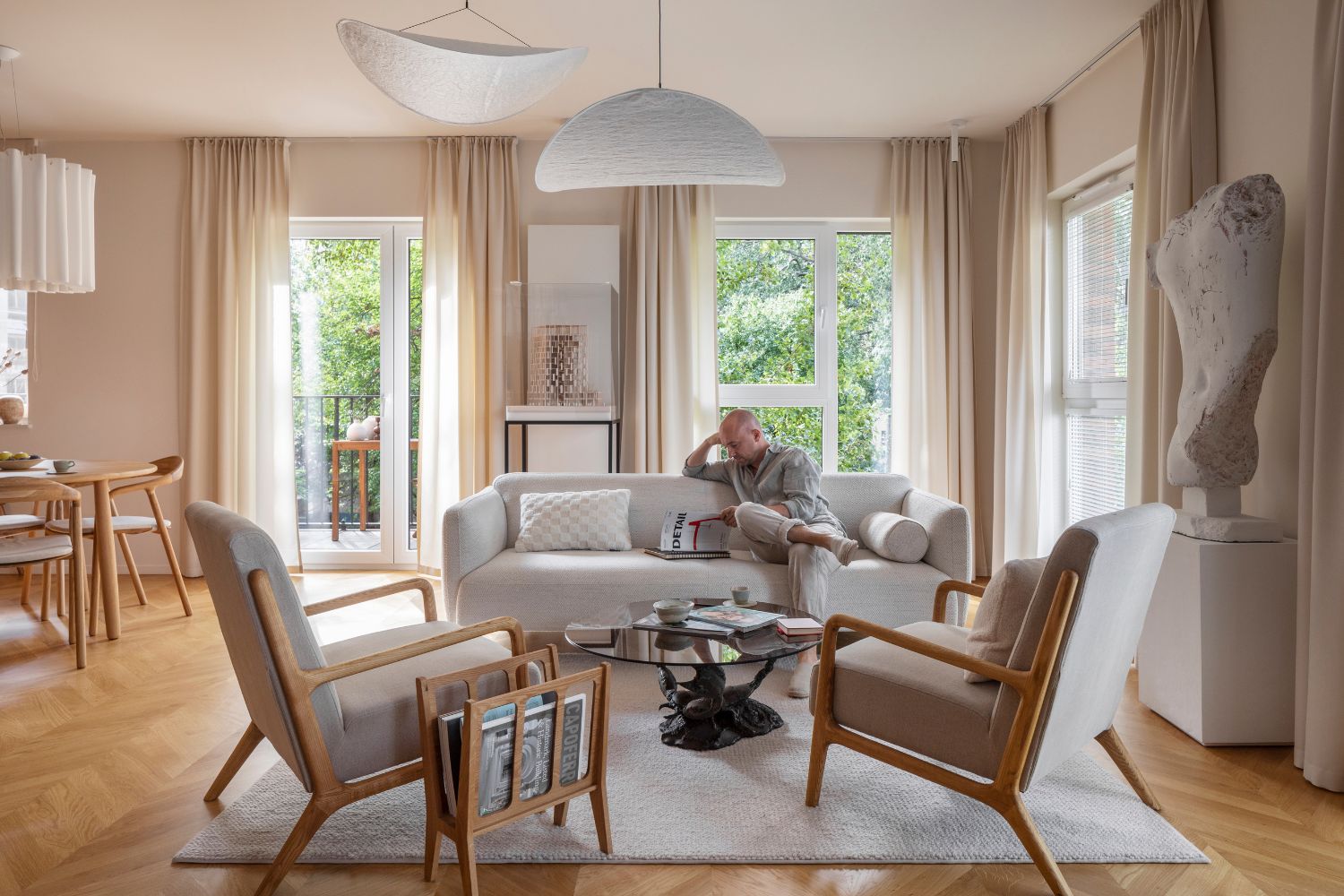
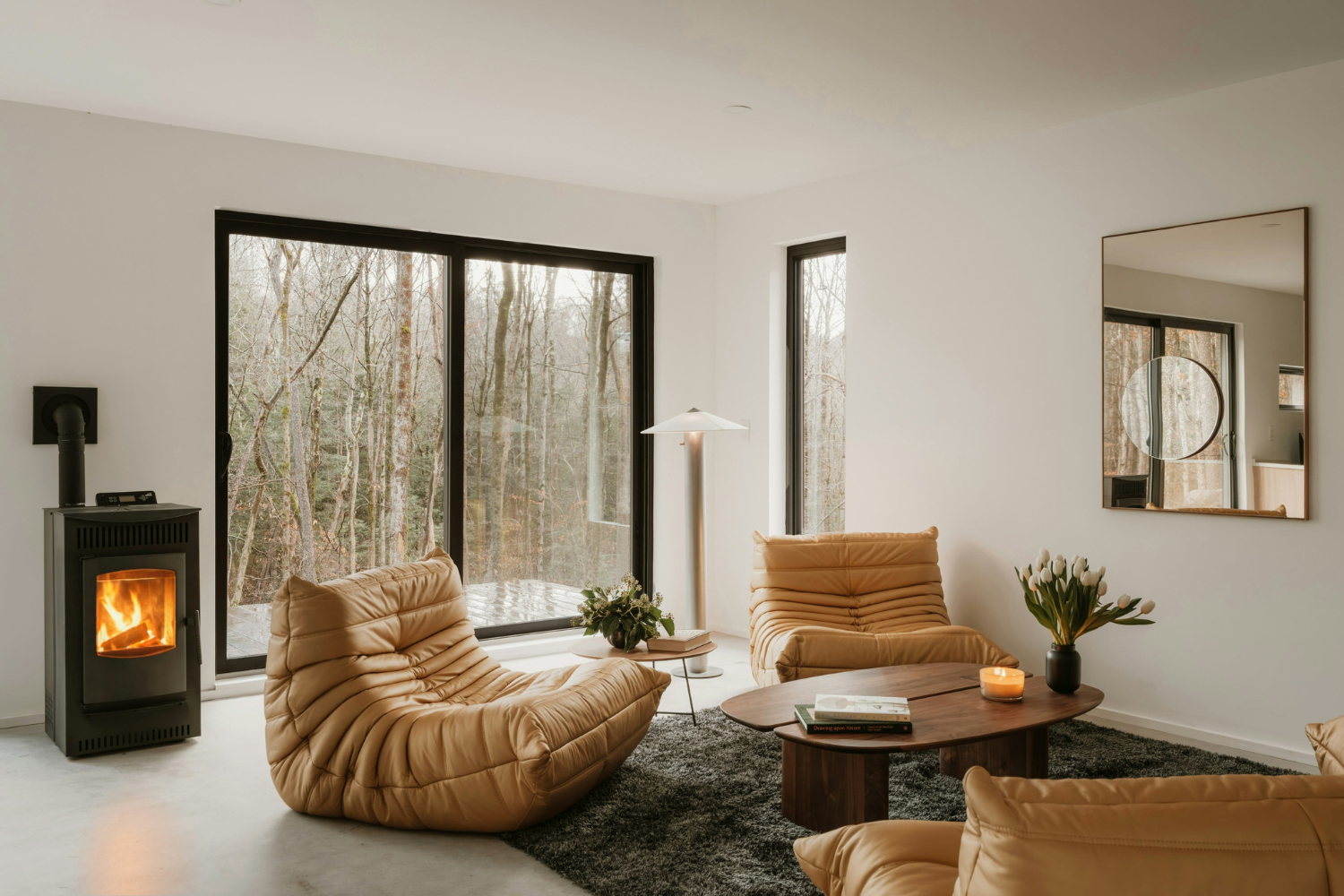
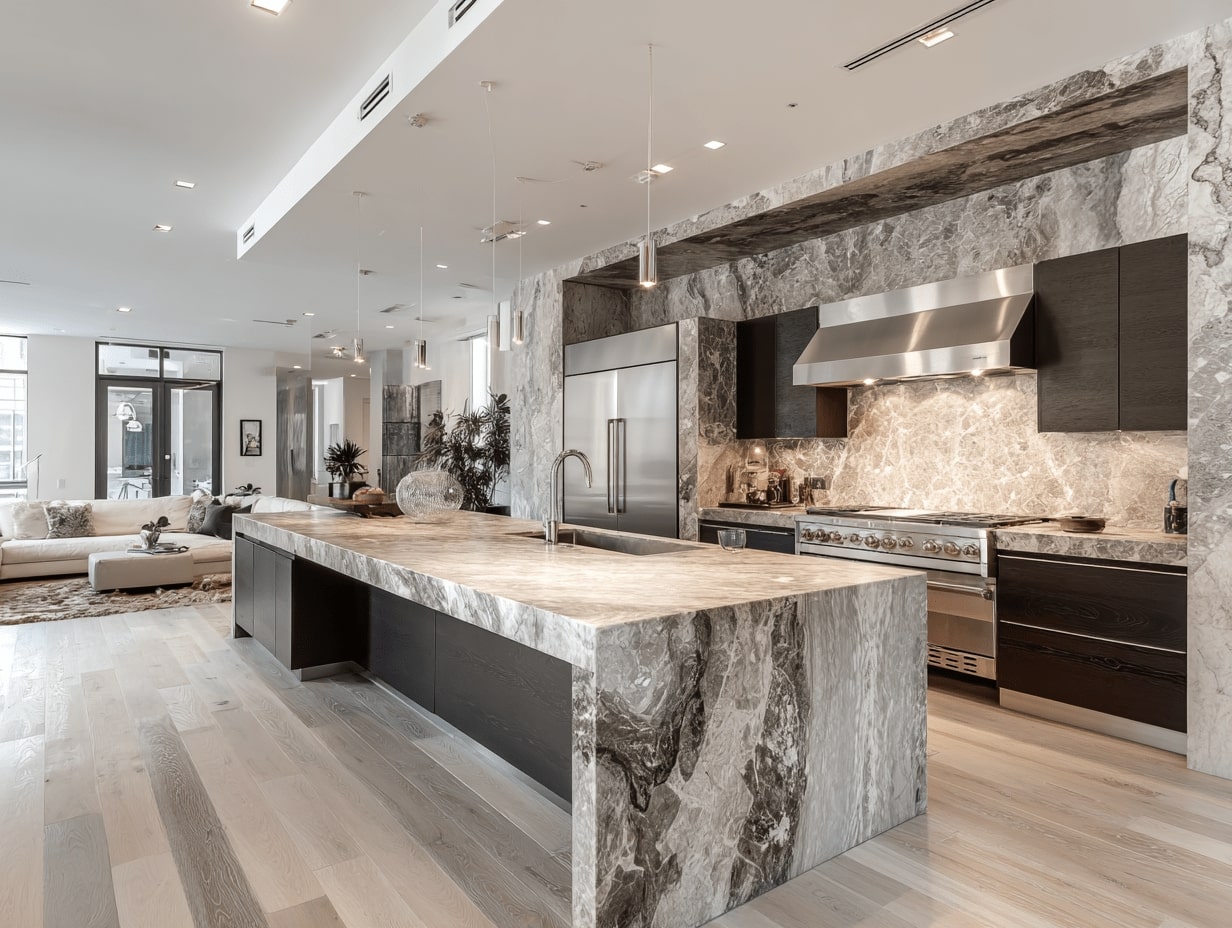
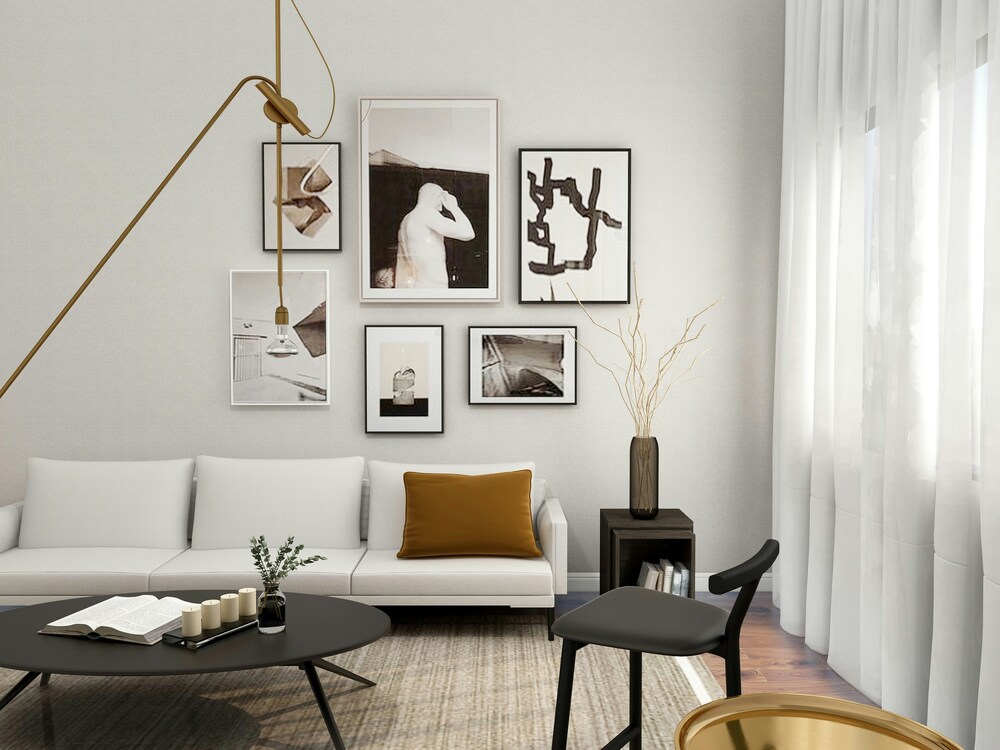
Leave a comment